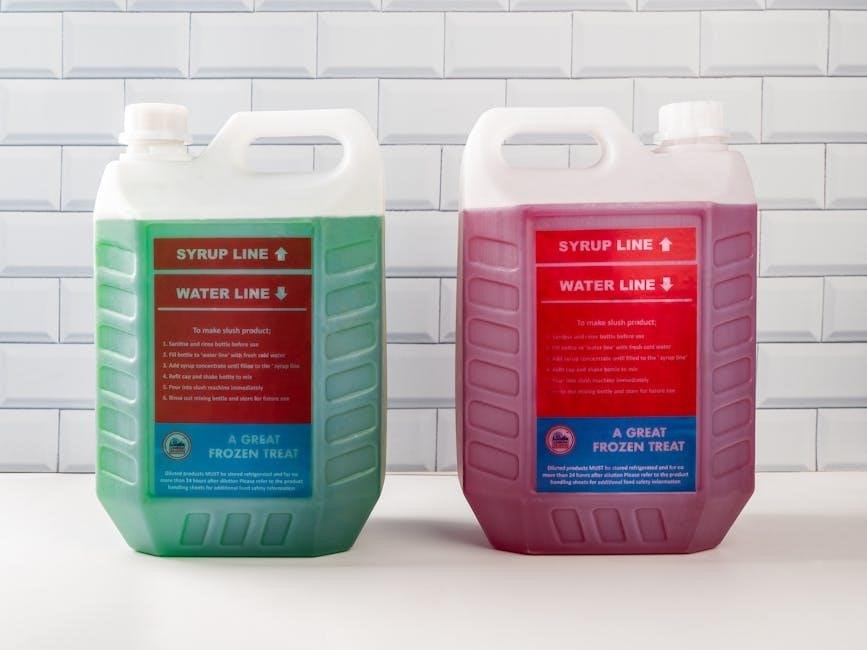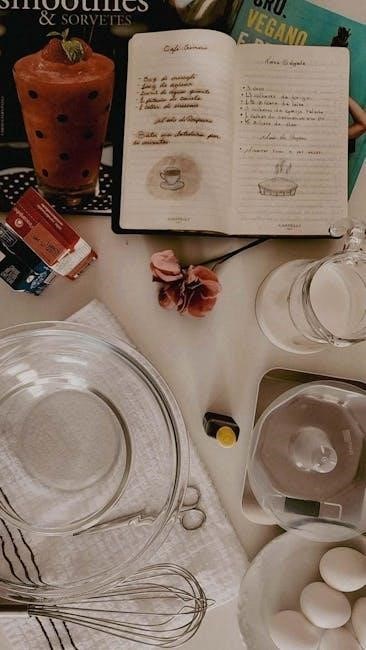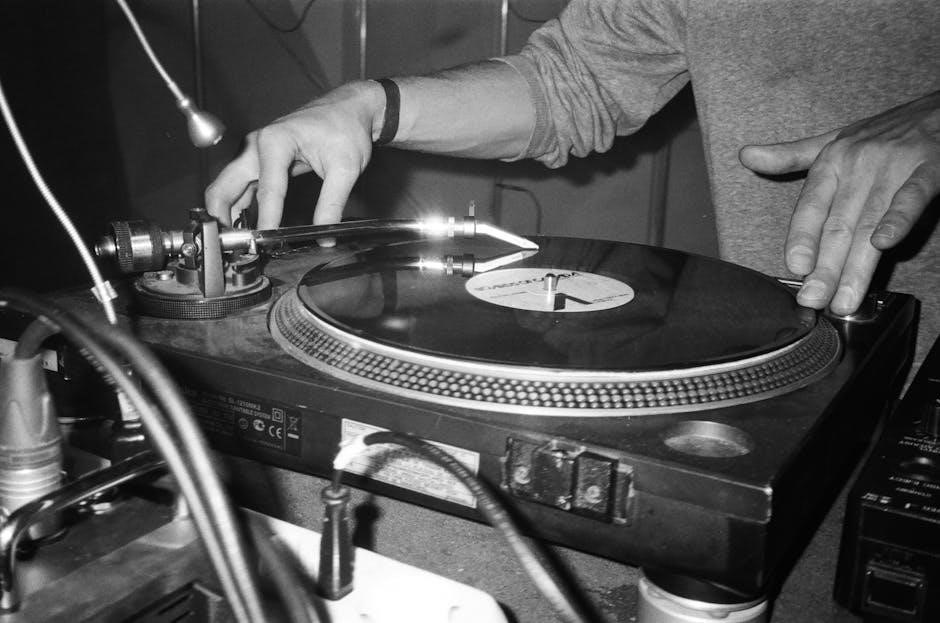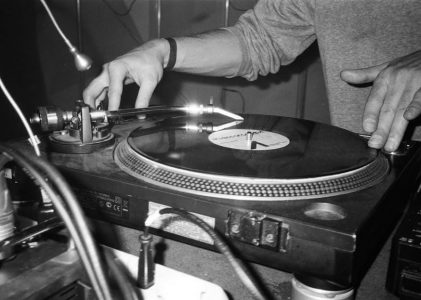Semaglutide‚ a medication for type 2 diabetes and weight loss‚ requires proper mixing with bacteriostatic water to ensure accurate dosing and effectiveness. This guide provides clear steps and safety tips for reconstituting 10mg Semaglutide‚ emphasizing sterile technique and adherence to healthcare provider instructions for optimal results.
Understanding Semaglutide and Its Importance
Semaglutide is a glucagon-like peptide-1 (GLP-1) receptor agonist used to manage type 2 diabetes and support weight loss. It works by mimicking the action of the GLP-1 hormone‚ promoting insulin secretion‚ and reducing glucagon levels; Proper mixing of 10mg Semaglutide with bacteriostatic water is essential to maintain its potency and ensure accurate dosing. This process involves reconstituting the powder into a sterile solution‚ which is then administered via injection. Following the correct mixing ratio and sterile technique is critical to prevent contamination and ensure the medication’s effectiveness. Semaglutide’s ability to improve glycemic control and aid in weight management makes it a valuable treatment option‚ but its success heavily depends on proper preparation and administration.
Step-by-Step Instructions for Mixing Semaglutide
Begin by gathering all necessary supplies‚ including the Semaglutide vial‚ bacteriostatic water‚ and syringes. Reconstitute the powder by slowly adding the water‚ ensuring sterility throughout the process.

Gathering Supplies
To begin the mixing process‚ gather all necessary materials. Ensure you have a vial of 10mg Semaglutide‚ bacteriostatic water for injection‚ an alcohol swab‚ a 1mL insulin syringe‚ and a clean‚ flat surface. The bacteriostatic water is essential as it prevents microbial growth‚ ensuring the solution remains sterile. Additionally‚ having a sterile needle and syringe on hand is crucial for accurate measurement and administration. Organize these supplies neatly to maintain a sterile environment and streamline the reconstitution process. Always verify the expiration dates of the Semaglutide and bacteriostatic water before proceeding. Having all supplies ready ensures efficiency and minimizes the risk of contamination during the mixing procedure.
Reconstituting the Powder

Reconstituting Semaglutide involves mixing the powder with bacteriostatic water. Clean the vial tops with an alcohol swab and remove the plastic cap. Using a 1mL insulin syringe‚ draw the recommended amount of bacteriostatic water (typically 2.0 mL for a 10mg vial). Insert the needle into the Semaglutide vial and slowly inject the water. Avoid bubbling by injecting at an angle. Gently swirl the vial to dissolve the powder; do not shake. Ensure the solution is clear and free of clumps. If clumps form‚ swirl gently until they dissolve. The reconstituted solution is now ready for injection or storage. Always follow the healthcare provider’s instructions for the correct volume of water to use‚ ensuring accurate dosing and potency.
Key Considerations for Accurate Mixing
Accurate mixing of Semaglutide requires attention to detail to ensure the medication’s effectiveness. Always use bacteriostatic water for reconstitution‚ as other diluents may compromise stability. For a 10mg vial‚ add 2.0 mL of bacteriostatic water to achieve the correct concentration. Inject the water slowly into the vial to minimize bubbles‚ and gently swirl the mixture to dissolve the powder completely. Avoid shaking‚ as this can create foam or bubbles‚ affecting dosing accuracy. Use a 1mL insulin syringe for precise measurement and injection. Ensure sterility by cleaning the vial tops with alcohol swabs before use. If clumping occurs‚ swirl gently until dissolved. Always follow the healthcare provider’s instructions for dosing and administration to ensure safe and effective treatment.

Understanding the Mixing Ratio
The correct mixing ratio for 10mg Semaglutide is 1:2‚ requiring 2.0 mL of bacteriostatic water to achieve a 5 mg/mL concentration‚ ensuring precise dosing and efficacy.
Calculating the Correct Volume of Bacteriostatic Water
For a 10mg Semaglutide vial‚ the recommended volume of bacteriostatic water is 2.0 mL‚ ensuring a final concentration of 5 mg/mL. This 1:2 ratio (10mg to 2.0 mL) is critical for accurate dosing. To calculate‚ divide the total dosage by the desired concentration‚ yielding the exact volume of water needed. For example‚ 10mg divided by 5 mg/mL equals 2.0 mL of bacteriostatic water. Always use a sterile syringe to measure and inject the water into the vial. Gently swirl the vial to dissolve the powder completely. This precise calculation ensures the medication’s potency and safety for administration. Always follow the healthcare provider’s instructions for specific dosage needs.
Adjusting Concentration for Different Dosages
When adjusting the concentration of Semaglutide for different dosages‚ it’s essential to maintain the correct ratio of bacteriostatic water to powder. For a 10mg vial‚ using 2.0 mL of bacteriostatic water yields a 5 mg/mL concentration. For higher doses‚ such as 20mg‚ use 4.0 mL of water‚ maintaining the same concentration. Always calculate the volume of water based on the desired dosage and concentration. For example‚ to achieve a 2.5 mg/mL concentration for a 10mg vial‚ use 4.0 mL of water. Proper adjustment ensures accurate dosing and avoids under- or over-concentration. Use a sterile syringe to measure water precisely and mix gently to prevent air bubbles. Consult your healthcare provider for specific dosage adjustments to ensure safe and effective treatment.
Safety Protocols and Best Practices
Always use bacteriostatic water and maintain sterility to prevent contamination. Gently swirl the vial to dissolve the powder; avoid shaking to prevent bubbles. Follow proper injection techniques for safe administration.
Maintaining Sterility During Mixing
Maintaining sterility is crucial when mixing 10mg Semaglutide to prevent contamination and ensure the medication’s safety and effectiveness. Begin by cleaning the mixing surface with an alcohol swab and gathering all sterile supplies‚ including the vial‚ bacteriostatic water‚ and syringe. Before adding the diluent‚ clean the rubber stopper of the Semaglutide vial with an alcohol swab and allow it to air-dry to eliminate bacterial risk. Avoid touching the vial opening or syringe needle to prevent introducing contaminants. Use only sterile bacteriostatic water for injection‚ as other liquids may compromise the solution. Always follow proper aseptic technique to minimize infection risks and ensure the medication remains potent and safe for use.
Handling and Storage After Mixing
After mixing 10mg Semaglutide‚ store the reconstituted solution in the refrigerator at a temperature between 2°C and 8°C to maintain potency. Avoid freezing the mixture‚ as this can degrade the medication. Use the solution within 8 weeks of preparation and discard any unused portion after this period. Always keep the vial clean and tightly sealed to prevent contamination. Store the mixed solution away from direct light and heat sources. Before administration‚ gently swirl the vial to ensure the solution is evenly distributed. Never shake the vial‚ as this can create bubbles or damage the medication. Proper handling and storage ensure the Semaglutide remains effective and safe for use. Dispose of any expired or unused solution according to local regulations.

Common Issues and Solutions
Clumping or crystallization may occur after mixing. Gently swirl the vial; avoid shaking‚ as bubbles can form. Contamination risks can be minimized by maintaining sterile technique throughout the process.
Troubleshooting Clumping or Crystallization
Clumping or crystallization in the Semaglutide solution can occur after mixing. To address this‚ gently swirl the vial without shaking‚ as this helps dissolve clumps without introducing air bubbles. If clumps persist‚ allow the solution to sit for a few minutes to ensure proper dissolution. Avoid using excessive force or vigorous mixing‚ as this can create foam or bubbles‚ affecting the solution’s consistency. If crystallization occurs‚ check that the correct diluent (bacteriostatic water) was used‚ as improper diluents can cause such issues. Ensure the vial is at room temperature before mixing‚ as cold temperatures may slow dissolution. If the problem persists‚ consult a healthcare provider‚ as improper mixing may affect the medication’s potency and safety. Always follow the recommended mixing ratio and technique to minimize such issues.
Addressing Needle Phobia and Patient Support
Needle phobia is a common challenge for patients administering Semaglutide. To alleviate anxiety‚ patients can use auto-injectors or numbing creams like lidocaine to reduce discomfort. Psychological support‚ such as counseling or support groups‚ can help individuals cope with phobia. Encouraging relaxation techniques‚ like deep breathing or distraction methods‚ can make the injection process less stressful. Additionally‚ educating patients about the injection process and emphasizing its benefits can reduce fear. Healthcare providers should discuss alternative administration options if needle phobia significantly impacts adherence. Ensuring patients feel supported and informed can improve their overall experience and treatment adherence. Addressing these concerns is crucial for effective and consistent use of Semaglutide.
Properly mixing and administering 10mg Semaglutide ensures effective treatment outcomes. Always follow healthcare provider instructions and safety guidelines for optimal results and patient well-being.
Final Tips for Safe and Effective Use
Always follow healthcare provider instructions and guidelines for semaglutide use. Proper mixing and storage are crucial for maintaining potency. Use bacteriostatic water exclusively‚ as other diluents may compromise the solution. Handle the vial gently to avoid contamination and bubbles. Administer injections at the correct angle and depth using the provided needle. Monitor for side effects and adjust dosing as directed. Store mixed solutions in the refrigerator at 2-8°C and protect from light. Ensure the solution is clear and free of particles before use. Keep a dosing schedule to maintain consistency. If issues arise‚ consult your healthcare provider promptly for guidance. Adherence to these tips ensures safe and effective treatment outcomes.

